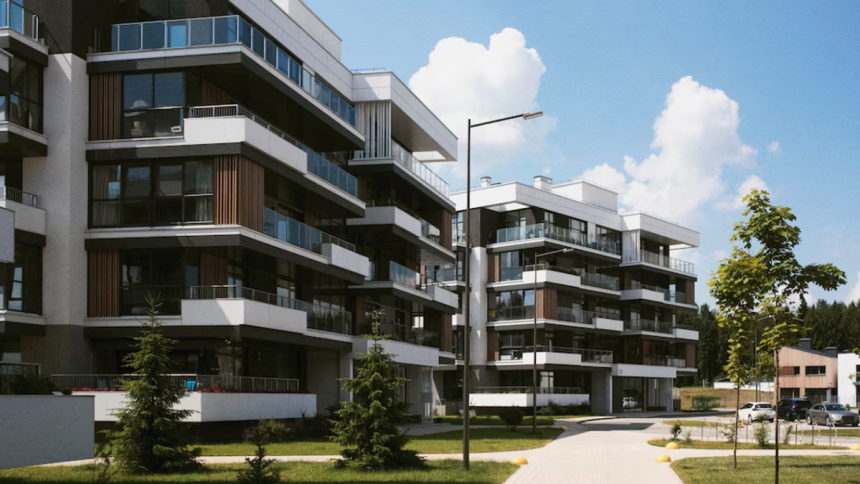Sydney’s skyline is a mix of history, culture, and innovation. From heritage buildings to modern high-rises, architects have played a key role in shaping the city. But what exactly do they do? And how do apartment architects in Sydney contribute to urban growth? Let’s explore the impact of architecture on the city and its future.
Historical Context of Architecture in Sydney
Sydney’s architecture tells a story of change. The city began with colonial-style buildings, reflecting European influences. Over time, Victorian and Federation-era designs became common. The Sydney Opera House, completed in 1973, marked a shift toward modern and bold designs. Today, architecture continues to evolve, blending sustainability and innovation.
Key Architectural Styles Influencing Sydney
Sydney features a mix of architectural styles, including:
- Colonial Georgian – Simple, symmetrical designs seen in older government buildings.
- Victorian – Decorative facades and iron lace balconies are found in terrace houses.
- Art Deco – Bold shapes and smooth lines, common in older apartments.
- Modernist and Contemporary – Glass-heavy, sleek designs seen in many new high-rises.
Each style reflects different periods and influences, shaping the city’s unique character.
Notable Architects and Their Contributions
Several architects have left a mark on Sydney’s landscape. Jorn Utzon, the mind behind the Sydney Opera House, transformed the city’s global image. Glenn Murcutt, known for sustainable design, influenced modern Australian architecture. Today, many apartment architects Sydney are creating functional and eco-friendly buildings to meet urban demands.
The Impact of Urban Planning on Sydney’s Architecture
Urban planning plays a major role in shaping Sydney. Zoning laws determine where buildings can go and how tall they can be. Transport links, green spaces, and population growth also affect architectural decisions. Architects work closely with city planners to create liveable, efficient spaces for residents.
Sustainable Architecture Practices in Sydney
Sustainability is a growing focus in architecture. Many new buildings include:
- Green roofs and walls to improve air quality.
- Energy-efficient designs that reduce power consumption.
- Recycled materials to lower environmental impact.
Apartment architects in Sydney are leading this shift, designing eco-friendly homes for a greener future.
The Role of Technology in Modern Sydney Architecture
Technology has changed how architects work. 3D modelling allows for detailed designs before construction even begins. Smart building systems make homes more energy-efficient. Drones help monitor large-scale projects. These advancements make buildings safer, stronger, and more efficient.
Community Engagement in Architectural Design
Good architecture isn’t just about looks. It’s about meeting the needs of the people who live and work in these spaces. Architects engage with communities through surveys and public meetings. Their goal is to design buildings that enhance lifestyles while fitting into the surrounding environment.
Future Trends in Sydney’s Urban Development
Sydney is constantly growing, and so is its architecture. Some future trends include:
- More sustainable apartments with solar panels and rainwater collection systems.
- Smarter homes with automated lighting and climate control.
- Mixed-use developments that blend residential, commercial, and recreational spaces.
As the city expands, architects will continue shaping Sydney’s skyline with innovation and sustainability in mind.
Conclusion
Architects play a crucial role in Sydney’s urban landscape. From historic designs to modern skyscrapers, their work defines the city. Apartment architects are driving change with sustainable, functional, and visually stunning buildings. As Sydney evolves, architecture will remain at the heart of its transformation.
Lynn Martelli is an editor at Readability. She received her MFA in Creative Writing from Antioch University and has worked as an editor for over 10 years. Lynn has edited a wide variety of books, including fiction, non-fiction, memoirs, and more. In her free time, Lynn enjoys reading, writing, and spending time with her family and friends.















